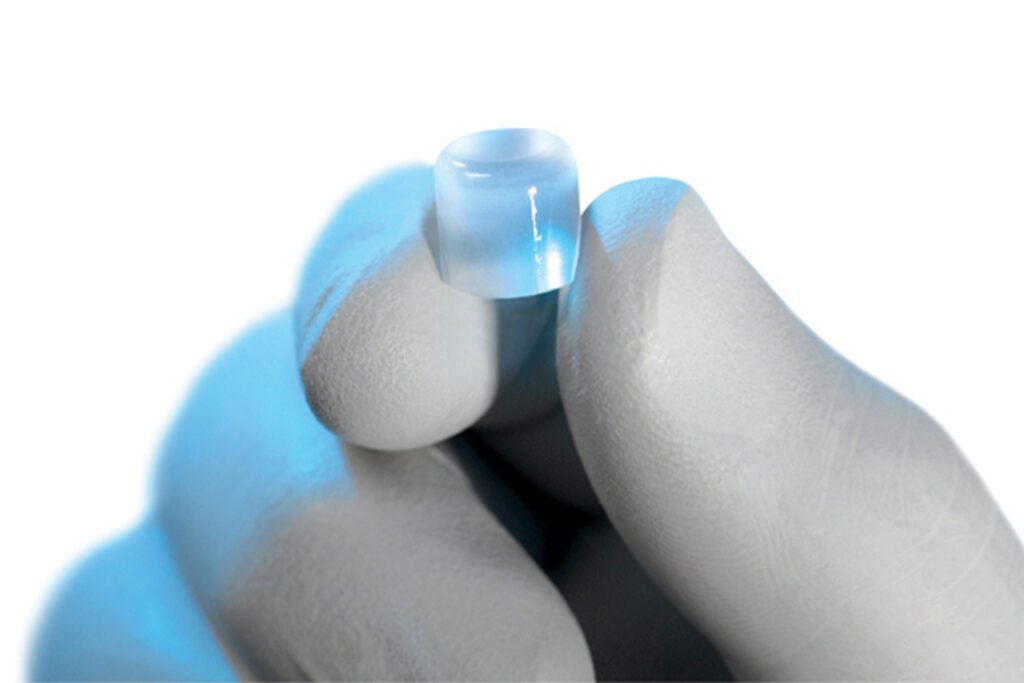Restoring Foot Function
The Cartiva implant is helping bring relief to individuals suffering from hallux rigidus.
Understanding Hallux Rigidus
Hallux rigidus is the medical term for arthritis of the big toe joint, the most common arthritic condition affecting the foot. The condition more commonly affects females, and tends to develop between the ages of 30 and 60 years old. As with other forms of arthritis, hallux rigidus can cause pain, stiffness, and swelling that can impair a person’s ability to perform activities. While the exact cause of hallux rigidus is unknown, risk factors can include especially long metatarsals (the most important weight bearing structures in the forefoot), prior traumatic injury to the big toe, abnormal foot anatomy, or a family history of arthritis.
New Solutions
In the past, the most common procedure for repairing severe hallux rigidus was big toe joint fusion surgery. This meant the damaged joint and bone were removed, and the metatarsal was connected to the phalanx bone (bone at the tip of the toe) with a screw and plate. Full recovery from the procedure took approximately six weeks.
Now, foot surgeons can replace the damaged joint with a Cartiva implant composed of a durable, slippery organic polymer. Cartiva implants function like natural cartilage and serve as load-bearing surfaces so that patients can return to activities, pain free.
What to Expect from a Cartiva Implantation Procedure
The Cartiva implant surgery takes approximately 25-35 minutes, and requires a small, 2-inch incision along the top of the toe joint. The damaged bone is removed, and the implant is then placed. The short procedure is performed under general anesthesia.
Benefits to Patients
Unlike a fusion, patients can begin weight bearing exercises immediately following the successful placement of a Cartiva implant. And not only that, the implant is built to last a lifetime. The implant also improves a patient’s range of motion, allowing him or her to do even more than was possible before.



